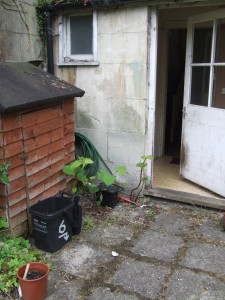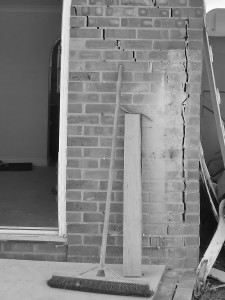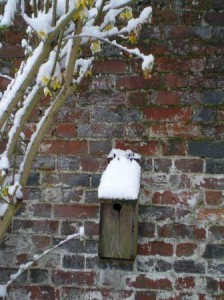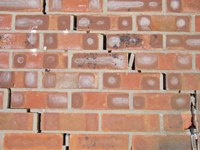As the rain lashed down, it seemed rather appropriate that RMA Surveyors Ltd attended a continual professional development seminar yesterday on flood management organised by 3CPD (www.3cpd.co.uk).
Hosted by Claire Thirlwell, a chartered landscape architect, the principles and practicalities of flood management were discussed, based on her experience designing schemes to reduce floods occurring.
With another day of rain today and more parts of the country becoming flooded, it seems more important than ever that we take flooding into consideration when buying a property.
People should ensure the correct searches are carried out and get a building survey undertaken by a professional to ensure the potential new acquisition is not at risk and if it is, that it is highlighted as such.
It’s better to be prepared, so if you know your property is in an area that could flood, install appropriate protection measures well in advance to reduce the risk of flood water getting inside.
If you’re unfortunate to have suffered from flood damage to your property, we can assist you too.
Under the terms of your insurance policy you are often able to employ your own independent building surveyor to oversee the insurance reinstatement of your property, rather than relying on the overstretched surveyors appointed by loss adjusters.
Remember it is your property and you are free to appoint your own independent surveyor to specify, tender and oversee works on your behalf. An insurance policy often covers the fees of an independent surveyor, like RMA Surveyors Ltd. Providing you are adequately covered it should not cost you a penny to get impartial, qualified and quality advice and management for the duration of the insurance reinstatement works from us.
If your property has suffered from any flood damage, or you’re looking to purchase a house in a flood risk area, contact us for some professional advice.









